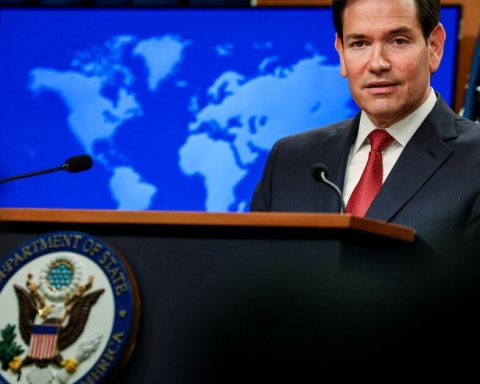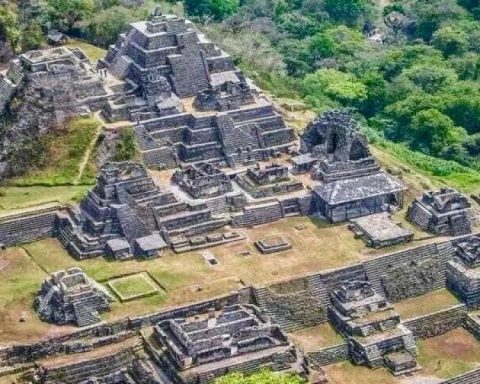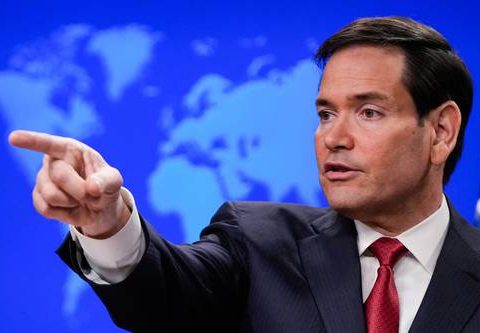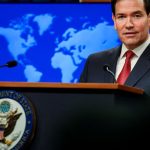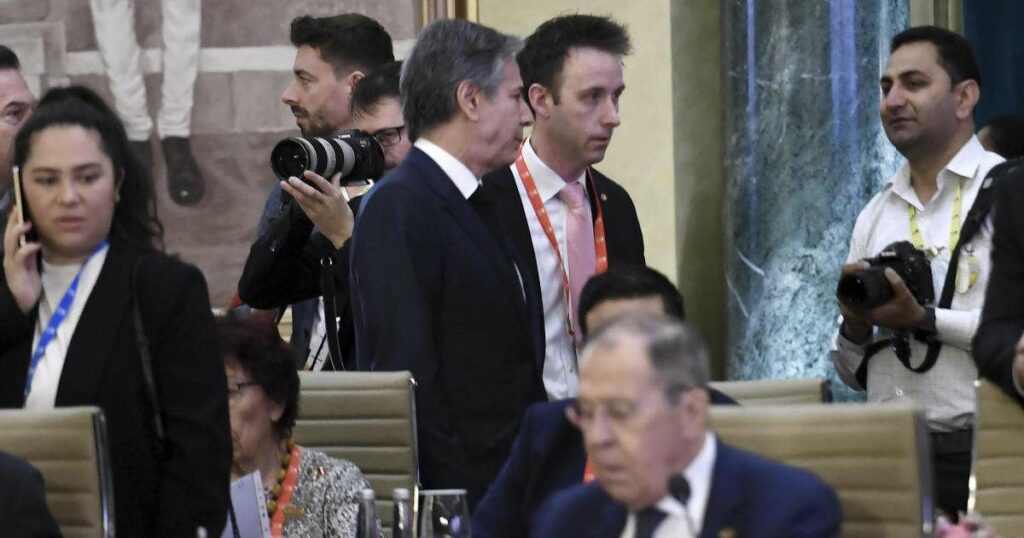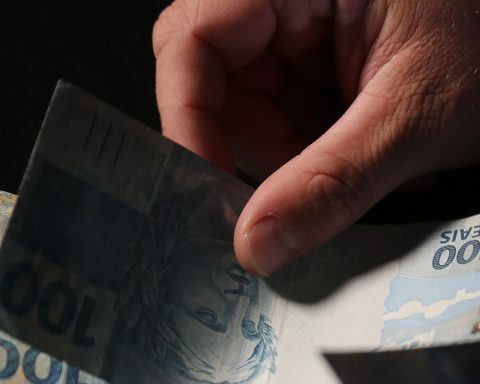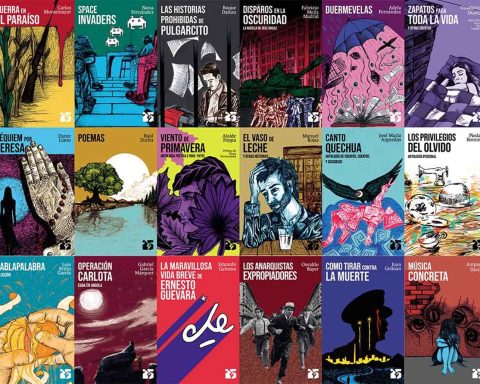President López spends twenty billion dollars of public resources on a refinery (Dos Bocas) without any prior feasibility study, and which will never be amortized, representing huge losses, an astronomical liability and enormous patrimonial damage to the Nation. With this, he could have quadrupled Tesla’s announced investment in Monterrey, or tripled the total clean electricity generation capacity (wind and solar) in Mexico – taking it to 30,000 MW. Everything, while the world moves dizzyingly towards vehicular electrification, and towards renewable energies, both pillars in the fight against global warming. The generation of electricity and internal combustion vehicles constitute the main source of Greenhouse Gas emissions on the planet. Electric vehicles (EVs), in contrast, have no direct polluting emissions, and indirect ones (due to electricity generation), in any case, can also be zero, or much lower than internal combustion vehicles (IVC). Additionally, its levelized cost of acquisition, operation and maintenance is lower; its thermodynamic efficiency (70%) is much higher than that of the VCI (15%), and its acceleration is considerably more agile thanks to the high instantaneous torque of electric motors, in addition to the fact that they do without a gearbox and clutch. .
By 2025, the acquisition cost of EVs will have parity with VCIs. Batteries, which are its most relevant cost component, have seen their price drop since 2010 from almost 1,000 USD/KWh, to less than 100 USD/KWh. It is estimated that in 2030 the cost will reach 60 USD/KWh. These can be recharged in commercial or public facilities, or in workplaces and residences. Depending on the voltage, the recharge can reach 80% in 15 minutes, or in 8 hours in a conventional domestic contact. The autonomy of an EV depends on the capacity and number of battery packs included, as well as its aerodynamics, weight, and driving conditions, and topography, and can exceed 600 kilometers.
In 2021, global sales of electric vehicles totaled 16.5 million units, a figure that doubled in 2022, already reaching 10% of all vehicles sold. It is expected that by 2030 this percentage will exceed 40%. Various countries have established directives to prohibit the sale of VCI from 2035 or 2040. Tesla is the world’s leading producer of electric vehicles, with around 2.5 million units per year. Also noteworthy are Renault–Nissan-Mitsubishi and several Chinese companies, although practically all the automotive companies have fully entered the race.
Not surprisingly, the engineering, components, and manufacturing of an EV differ greatly from that of a VCI. In addition to the fact that they lack a gearbox and clutch, and many other moving parts, they are mainly integrated by the battery packs themselves, electric current converters or inverters, electric motor or motors, and charging system and port, in addition of sophisticated computerized control and performance systems. Of course, all this implies new value chains and industrial interactions that mean a profound transformation of the automotive industry. Lucid governments such as the United States, European countries, China, Chile and other nations have established (at different scales) public investment programs, tax and commercial incentives for EV producers, as well as buyers, with the aim of accelerating electrification and integrate new production chains in a highly competitive environment. (Mexico has decided to gamble blindly and squander treasury resources on oil refining.)
EV batteries are assembled in cells connected in series or parallel, and use lithium salts as electrolyte and ion source for a reversible electrochemical reaction between two electrodes – the cobalt cathode and the graphite anode – allowing them to charge and deliver power. Australia, Argentina and Chile are the first lithium producers in the world, from concessions to private companies. (Bolivia, with the largest reserves in the world, which “nationalized” this mineral with Evo Morales, produces practically nothing, the same as what President López did in Mexico recently).
In the context of Nearshoring and the new and large subsidies from the United States government to electric vehicles manufactured in North America, Tesla has decided to invest in Nuevo León, despite President López. He tried to pressure the company to establish itself in the vicinity of its failed airport (AIFA) or in the southern states of the country, to which he refused, for obvious reasons. In the end, the negotiating power of Tesla prevailed, which, in any case, will wait for the 2024 elections, and the real availability of clean energy, to seriously commit itself in our country, given the uncertainty, risks and continuous attacks by President López against foreign companies. Tesla must stay alert.
Twitter: @g_quadri

